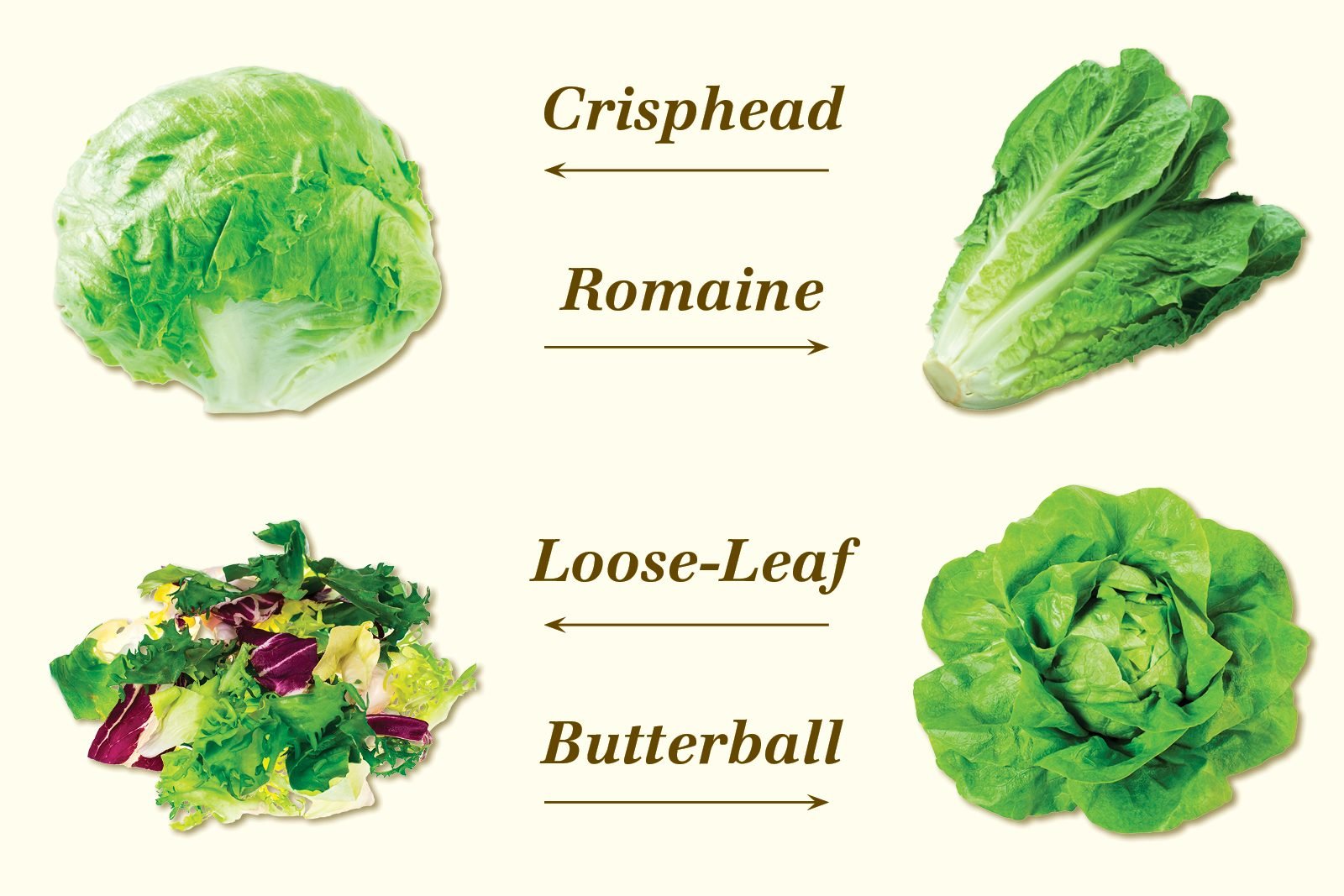Types Of Lettuce A Visual Guide To Salad Greens Kitchn

Cover How to Make Salad Recipes, Tips and More Taste of Home (1600x1067)
Table of Contents
- What are the six different types of lettuce?
- What are the nutritional benefits of lettuce?
- How should I store lettuce?
- What are some easy lettuce recipes?
- Are there any health risks associated with eating lettuce?
What are the six different types of lettuce?
Lettuce is a green leafy vegetable that is often used as the base for salads. There are six different types of lettuce:
- Butterhead: This type of lettuce has a soft, buttery texture and a mild flavor. It is also known as Bibb or Boston lettuce.
- Iceberg: This is the most commonly used type of lettuce in the United States. It has a crunchy texture and a mild flavor.
- Romaine: This lettuce has a long, sturdy leaf and a slightly bitter flavor. It is often used in Caesar salads.
- Summer Crisp: This type of lettuce has a crispy texture and a sweet flavor. It is also known as Batavian lettuce.
- Looseleaf: This lettuce has tender leaves and a mild flavor. It is often used in mixed green salads.
- Stem: This type of lettuce has a crunchy stem and a mild flavor. It is often used in Asian dishes.
What are the nutritional benefits of lettuce?
Lettuce is a low-calorie vegetable that is high in nutrients. It is a good source of vitamin A, vitamin C, and folate. It also contains small amounts of other vitamins and minerals, such as calcium and iron.
In addition to its nutritional benefits, lettuce is also high in water content, which can help to keep you hydrated. It is also a good source of fiber, which can aid in digestion.
How should I store lettuce?
Lettuce should be stored in the refrigerator to keep it fresh. To store lettuce, first remove any damaged or wilted leaves. Then, rinse the lettuce under cold water and pat it dry with a paper towel.
Next, wrap the lettuce in a paper towel and place it in a plastic bag. Make sure to leave some air in the bag so that the lettuce can breathe. Store the bag in the vegetable drawer of your refrigerator.
What are some easy lettuce recipes?
There are many easy lettuce recipes that you can try. Here are a few ideas:
- Caesar Salad: Toss chopped romaine lettuce with Caesar dressing, croutons, and Parmesan cheese.
- Greek Salad: Combine chopped romaine lettuce with cucumber, tomato, red onion, feta cheese, and Kalamata olives. Dress with olive oil and lemon juice.
- Taco Salad: Top chopped iceberg lettuce with seasoned ground beef, shredded cheese, diced tomato, and crushed tortilla chips. Dress with salsa and sour cream.
- Asian Chicken Salad: Combine shredded stem lettuce with sliced chicken breast, shredded carrots, sliced cucumber, and sliced almonds. Dress with a soy-ginger vinaigrette.
Are there any health risks associated with eating lettuce?
Lettuce is generally considered to be a safe food to eat. However, there are some risks associated with eating lettuce.
One risk is contamination with harmful bacteria, such as E. coli or Salmonella. To reduce this risk, make sure to wash your lettuce thoroughly before eating it. Also, be sure to store your lettuce properly in the refrigerator.
Another risk is the presence of pesticides on the lettuce. To reduce your exposure to pesticides, consider buying organic lettuce or washing your lettuce with a mixture of water and vinegar.
Conclusion
Lettuce is a versatile and nutritious vegetable that can be used in a variety of dishes. There are six different types of lettuce, each with its own unique flavor and texture. Lettuce is a good source of vitamins and minerals, and it is also low in calories. However, there are some risks associated with eating lettuce, such as contamination with harmful bacteria or exposure to pesticides. To reduce these risks, make sure to wash your lettuce thoroughly and store it properly in the refrigerator.
Post a Comment for "Types Of Lettuce A Visual Guide To Salad Greens Kitchn"